Bajra or pearl millet ( (Pennisetumglaucum) from the Poaceae family is one of the oldest cultivated crops and ranks sixth most important grain in the world. It is one of the major millet which is widely used for its nutritional health benefits around the globe. It has been grown in Africa and the Indian subcontinent since prehistoric times. In India, it is mainly grown in Gujarat, Maharashtra, Rajasthan, Haryana, and Uttar Pradesh. The health benefits of bajra/ pearl millets will surprise you. Pearl Millet is commonly known as Bajra in Hindi, Bengali, Punjabi, Urdu; Sajjalu in Telugu; Sajje in Kannada; Kambu in Tamil, and Bajri in Gujarati and Marathi. Recently this old forgotten gained popularity due to its array of health benefits and easy cultivation methods.
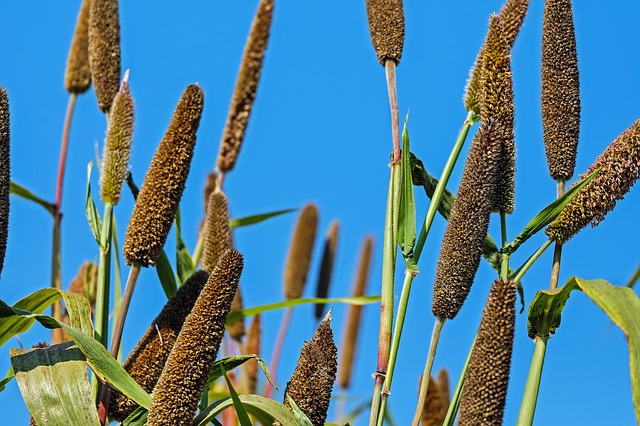
Bajra grows well in dry and warm climates conditions. It is a drought-tolerant crop and requires very minimal rainfall. It grows well in the soil with low pH or high salinity. Bajra is sown in the middle of July and harvested during November. (1)
Having a texture similar to brown rice, it can be cooked like rice. It is also used in the preparation of flatbreads. Pearl millet is grounded in flour and is used in making various baking products like bread, cookies, muffins, chapatis, and biscuits. It lasts for not more than 15 days. The dried bajra grains are ground to flour which is light brown to grey in color with a nutty taste. Bajra flour is usually used in winters as it is known to warm the body.
Key health benefits of bajra/ pearl millets –
Health benefits of bajra/ pearl millets 1. Enriched with nutrients
One of the main reasons behind Bajra’s popularity is that it is rich in many nutrients. People who cannot afford different varieties of food can easily meet their nutritional requirements by including Bajra in their everyday diet. That’s why Bajra is known as Poor man’s staple food. That does not mean that those who can afford fancy imported foods should ignore Bajra. Let us check its various nutritional benefits.
Bajra is a good source of energy. They provide protein, fatty acids, minerals, vitamins, dietary fiber, and polyphenols. Typical millet protein contains a high quantity of essential amino acids especially sulfur-containing amino acids (methionine and cysteine). Bajra is considered the best plant-based protein source. (4)
Bajra, when combined with legumes like rajma, moong dal, urad dal, tur dal, and chana dal, provide complete proteins, especially for vegetarians.
Bajra gives about 361KCal of energy per 100 grams which is comparable with commonly consumed cereals like wheat (346KCal/100 grams) and Rice (345KCal/100 grams)
Pearl Millet Nutrition Facts (1 cup=200grams)
| NUTRIENTS | AMOUNT (grams) |
| Protein | 22 grams |
| Total Carbohydrate | 146 grams |
| Dietary Fibre | 17 grams |
| Total Fat | 8.4 grams |
| Omega -3 fatty acids | 236 mg |
| Omega -6 fatty acids | 4 grams |
| Vitamin E | 100 mcg |
| Vitamin K | 1.8 mcg |
| Thiamine | 842 mcg |
| Riboflavin | 580 mcg |
| Niacin | 9.4 mg |
| Vitamin B6 | 768 mcg |
| Folate | 170 mcg |
| Pantothenic Acid | 1.7mg |
| Calcium | 16 mg |
| Iron | 6 mg |
| Magnesium | 6 mg |
| Phosphorous | 228 mg |
| Potassium | 570 mg |
| Sodium | 10 mg |
| Zinc | 3.4 mg |
| Copper | 1.5 mg |
| Manganese | 3.3 mg |
| Selenium | 5.4 mg |
Reference- Nutritive Value Of Indian Foods, NIN 2003.
Health benefits of bajra/ pearl millets 2. Antioxidant-rich
Bajra is rich in phenolic compounds especially flavonoids which are potential anti oxidantsAntioxidants play an important role in the body’s defense system against reactive oxygen species (ROS), which are harmful byproducts generated during normal cell aerobic respiration. Antioxidants are important for general health, healthy heart, anti-aging and preventing metabolic diseases.
The lignin and phytonutrients in the bajra act as strong antioxidants thus preventing heart-related diseases. This is why pearl millet is considered good for heart health. High amounts of magnesium present in pearl millet have been shown to control blood pressure and relieve stress. (5, 6)
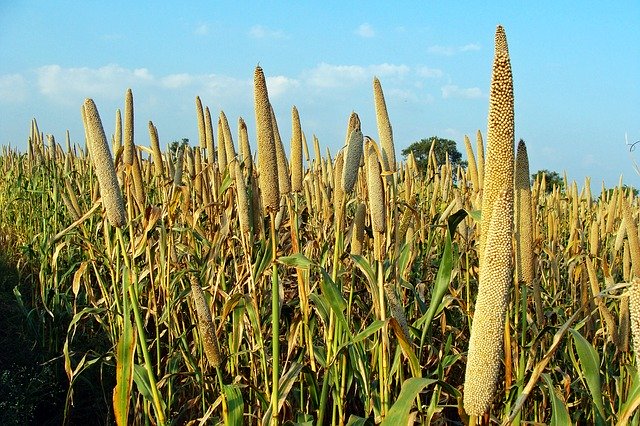
Health benefits of bajra/ pearl millets 3. Bajra/pearl millet is gluten-free grain
Like other millets, Bajra is the best option for patients with celiac disease or people looking for gluten-free foods. Celiac disease is a disease that occurs in the small intestine and gluten is very dangerous as it interferes with your body’s ability to absorb the nutrients from the food you eat.
Bajra protein content is gluten-free so It can safely be consumed by gluten-sensitive individuals. (7, 8)
Health benefits of bajra/ pearl millets 4. Reduces Blood Glucose Levels
Bajra glycemic index is 54 which makes it a moderate glycemic index food. However, high fiber and nutrient value provide many benefits for controlling blood sugar. Bajra is a good inclusion in a diabetes diet plan as it delays the absorption of glucose into the bloodstream. (9,10)
Health benefits of bajra/ pearl millets 5. Stabilizes Cholesterol levels in the body
Bajra contains a phytochemical called phytic acid which increases cholesterol metabolism. Being high in fiber, Bajra reduces Bad cholesterol (LDL) and increases the effects of Good Cholesterol (HDL). High cholesterol is related to diabetes, High blood pressure, stroke, and many other diseases. So to control cholesterol levels include Bajra in your diet. (11)
Health benefits of bajra/ pearl millets 6. Treats iron deficiency Anaemia
High Iron and Zinc content in Bajra helps in increasing hemoglobin. People with iron deficiency Anaemia must include Bajra in their diet to overcome the problem. (12,13)
Health benefits of bajra/ pearl millets 7. Aids in weight loss
Pearl millet can aid the process of weight loss as it is high in fiber content. Owing to its fiber content it takes longer for the grain to move from the stomach to the intestines. This way, pearl millet satiates the hunger for a long period and thus preventing overeating. (14)
Health benefits of bajra/ pearl millets 8. Protects Gut Health
Pearl millet is recommended for curing stomach ulcers. The most common cause of stomach ulcers is excess acidity in the stomach after food intake. Pearl millet is one of the very few foods that turn the stomach alkaline and prevents the formation of stomach ulcers or reduces the effect of ulcers.
The high fiber content in pearl millet is also known to reduce the risk of gall stone occurrence. The insoluble fiber content in pearl millet reduces the production of excessive bile in our system. An excessive amount of bile secretion in our intestine often leads to aggravating the condition of gall stones.
The high fiber content in Bajra relieves constipation.
Bajra can be used in treating Diarrhoea. The probiotics such as Lactic Acid Bacteria formed during the fermentation of bajra are very beneficial to protect our gut microflora in case of diarrhea and other cases. (15)
Health benefits of bajra/ pearl millets 9. Helps In Cancer
Flavonoids and Omega 3 fatty acids present in Bajra inhibit DNA scission, LDL cholesterol, liposome oxidation, and proliferation of HT-29 adenocarcinoma Cells. Thus it helps to prevent the growth of cancer cells in the body. (16,17)
Health benefits of bajra/ pearl millets 10. Protects bone health
Due to its high phosphorous content, Bajra is very beneficial for bone growth and development. The antioxidant property of Bajra helps to cure bone inflammations thus very good for arthritis patients. (18, 19)
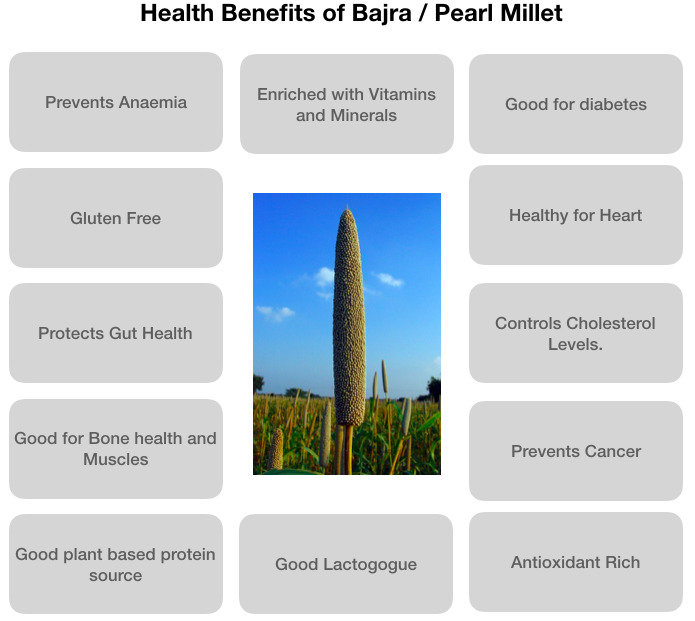
Want to buy bajra/ pearl millet online? Click on the following link –
Why Bajra is best winter food?
During winters we look for sips for coffee or tea to beat the chills. Coffee or tea will definitely give you an instant high but they dehydrate us within and also hinder the absorption of many nutrients from our meal. why not eat foods that can keep you energetic and regulate your body temperature.
Bajra or Pearl millet is one such best winter food you can’t ignore. It comes under the thermogenic food category. It is high in protein content and boosts your metabolism. (2, 3)
What are thermogenic foods?
Thermogenic foods contain elements that either boost your metabolism naturally or are high in fat or protein; which requires more energy to digest and therefore, raise your metabolism. When you consume a diet heavy in thermic foods, the idea is that even while resting, your metabolic rate will be higher.
Moreover, it is harvested in winter so its nutrients will be in peaks during winters. Bajra is considered a winter-friendly grain to keep the body warm.
How much Bajra Is Safe?
If Bajra is your traditional food please continue as it is comfortable for you. For those who want to include it in your diet newly, Weekly twice or thrice is fine to include them in any one of your meal. Do not take different kinds of millets on the same day like ragi idly, bajra roti, and jowar upma on the same day.
It’s a fact that Bajra has numerous health benefits but eating only Bajra will not help you to achieve a healthy life. You must include variations in your diet by using all kinds of whole grains, seasonal vegetables, local fruits, and moderate physical activity every day to have a healthy and diseases free life.
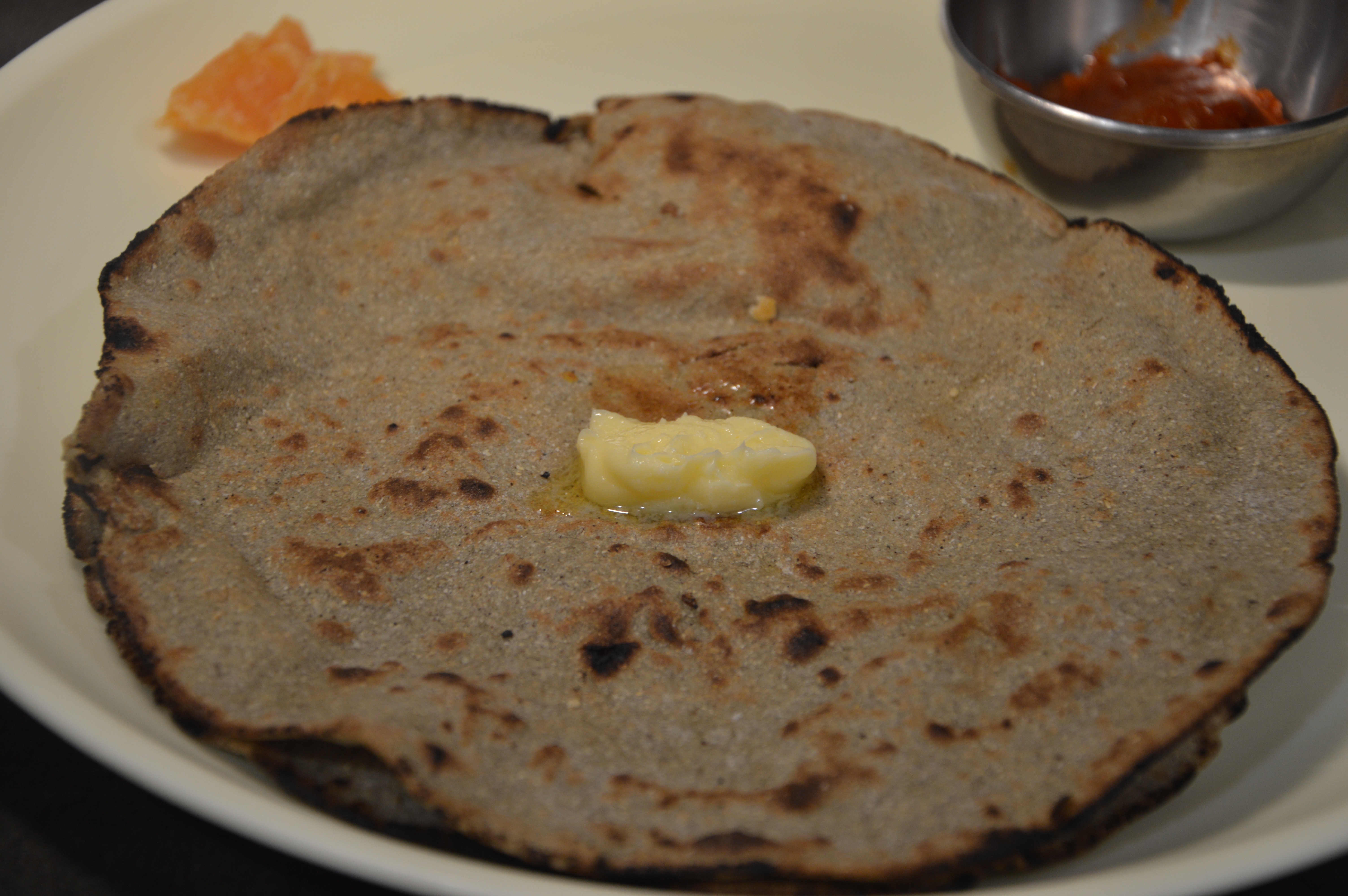
Is Bajra safe for Kids?
Yes, Bajra is a safe grain for kids. It is free of allergens and easily digestible. Try it a spoonful and check if your kids are tolerating well then you can proceed accordingly. Bajra can be started when the baby turns 8 months old. Bajra is a Superfood but it cannot be your kid’s entire meal. Include veggies, fruits, and other grains to have a balanced meal for your kids. To better understand the nutritional requirements of your child and how to incorporate millets to their diet, please consult your pediatrician or nutritionist.
Is Bajra safe for Lactating Women?
Yes due to the Hypo allergic properties of Bajra it is safe for Lactating mothers. It is considered very nutritious for Lactating mothers as it is dense with many micronutrients and macronutrients. Bajra is full of calcium, iron, and fiber which is essential for both baby and nursing mother. Bajra also increases lactation.
In Rajasthan, Bajra Raab is a popular Winter drink made with Bajra flour. It builds immunity and heals your body from common winter ailments. It is also given to pregnant and nursing mothers as it is considered very nutritious for them.
Just Roast some Bajra flour in some ghee and ajwain seeds, add jaggery, ginger powder, and a pinch of salt, add water and let it boil, and cook on low flame for 5 minutes. Bajra dish will be ready in less than 15 minutes. (20)
Are there any side effects of Bajra? ?
There are evidence that pearl millets contain goitrogens and can hamper iodine uptake by the body which is very essential for Thyroid Gland function. So people with Hypothyroid must avoid Pearl Millet in their Diet.
Bajra is high in Oxalates, so excessive consumption of Bajra may lead to kidney stones.
Bajra is high in fiber content which may cause bloating and constipation in some individuals. (21,22, 23)
How Can I include Bajra in my diet?
a) Whole Bajra – You can have them as whole grain like rice. Wash them thoroughly and soak for 4 hours before using them. You can make a khichadi or sprinkle it on your regular salads.
b) Bajra flour – You can make Bajra flour and can make Rotis and bread with it. You can try out some healthy snacks with Bajra Flour like Laddoos or Chakli. Try to include whole-grain flour rather than processed flour.
c) Sprouted – Sprouted Bajra makes it more healthy and nutritious. Sprouting enhances the nutritional value of pearl millet and makes them easily digestible. Sprouted bajra cannot be stored for long. So soak in small quantities. (24)
d) Fermented – Fermented foods are very beneficial in promoting good bacteria in the gut. The fermentation of Bajra also promotes good health. Bajra along with rice flour can be grind and soaked overnight to make idlis, dosas, and uttapams. In Rajasthan, the bajra flour is cooked in buttermilk and seasoned with jeera and salt. This is left overnight and consumed the next day. (25)
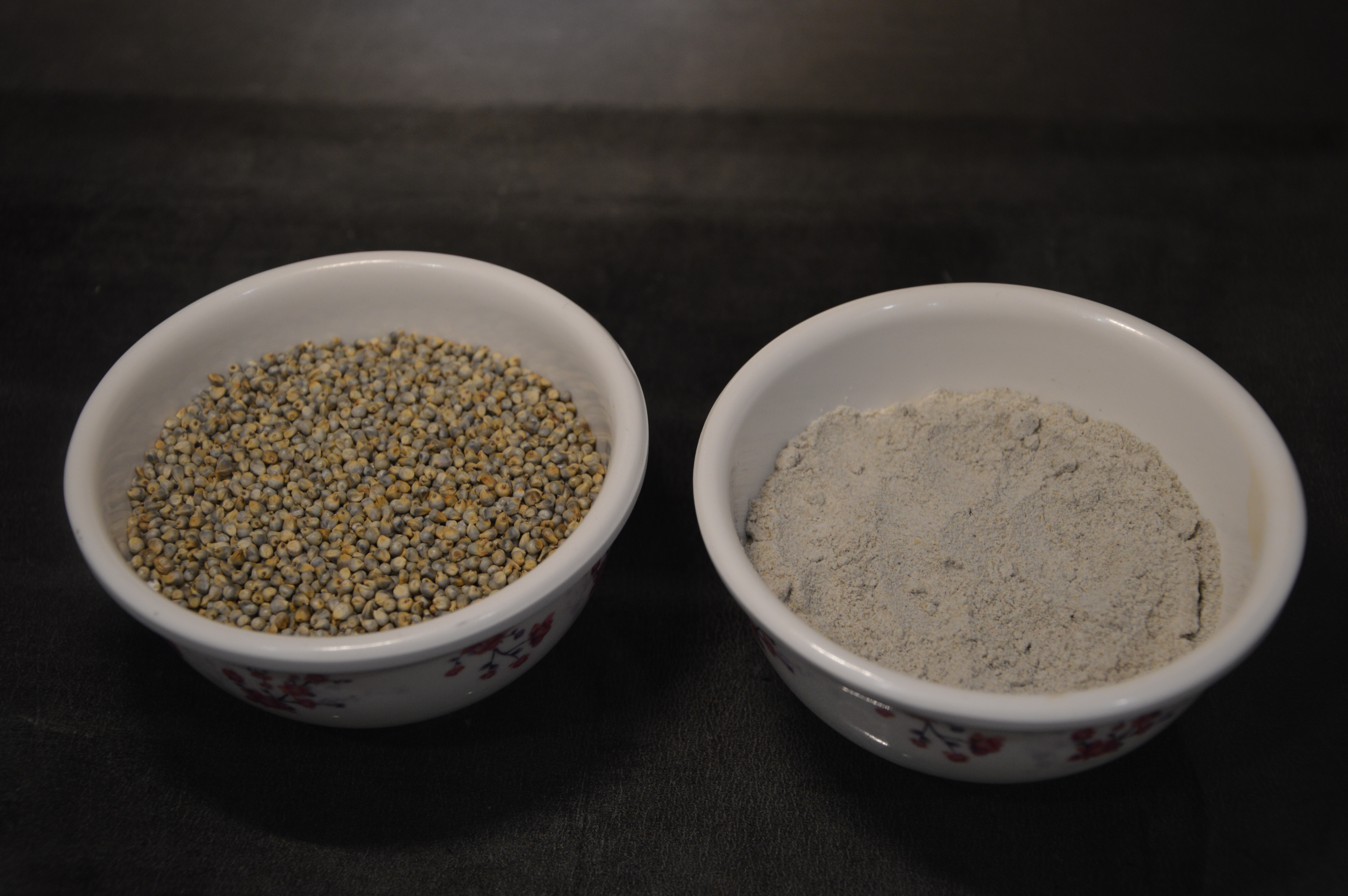
How to sprout Bajra?
Step 1: Make sure you are using raw bajra with the hull. You cannot use toasted, roasted, or hulled bajra and expect them to sprout.
Step 2: To sprout bajra, first rinse well and remove any stones or debris. Then soak overnight, covered.
Step 3: The next morning, wrap in a clean cheesecloth or muslin and leave for a day or however long you want to let the sprouts go.
Step 4: The sprouting rate for bajra is about 50%, so only expect half of what you soak to sprout.
When you’re ready, simply eat plain or lightly salted. You can also use sprouted bajra as an ingredient for other dishes.
What Is pearl millet milk or Bajra milk?
Pearl millet milk or Bajra doodh or sajjala paalu is a good alternative for dairy-free milk. It is considered one of the healthiest drinks for kids and for couples who are trying to conceive. Wash the pearl millets thoroughly and soak for 7 – 8 hours. Grind the soaked millet with some water and strain it. Add 1 teaspoon of palm Jaggery to make the drink more tasty and healthy.
Bottom line
Winter has already kicked in, with its sets of allergies and infections. Why not try this seasonal super grain Bajra/ Pearl millet to gain health benefits from it. Including grains with good carbohydrates and proteins play an important role in a healthy and balanced diet. Bajra has an array of nutritional benefits ranging from controlling blood sugar to comforting food for celiac patients. It is seasonal, inexpensive, healthy, and tasty. So try to explore bajra health benefits by including it in your weekly menu.

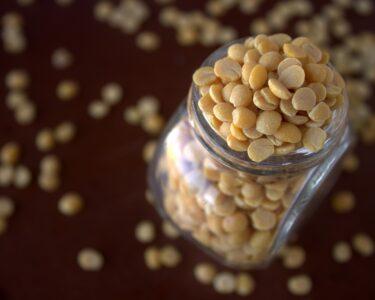

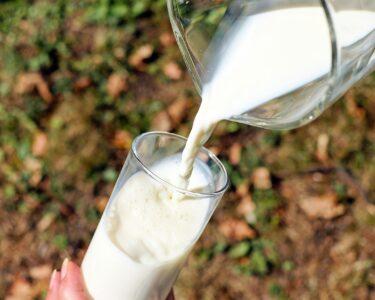
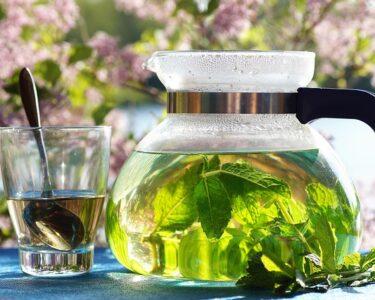
2 Comments